Home>Gardening & Outdoor>Landscaping Ideas>Is It Okay To Cut Grass When Wet
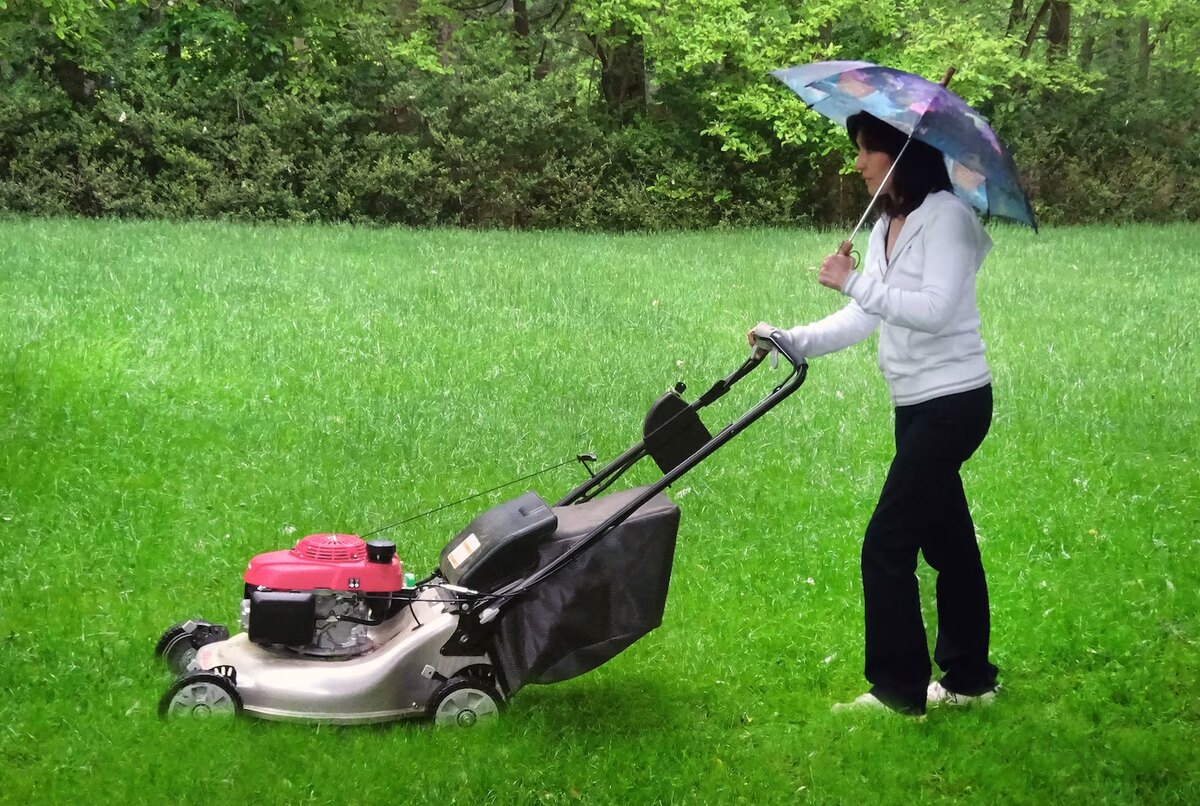

Landscaping Ideas
Is It Okay To Cut Grass When Wet
Modified: January 27, 2024
Learn the best landscaping ideas for cutting grass when wet. Find out if it's okay to mow your lawn in wet conditions and how to maintain a healthy yard. Explore expert tips and advice.
(Many of the links in this article redirect to a specific reviewed product. Your purchase of these products through affiliate links helps to generate commission for Storables.com, at no extra cost. Learn more)
Introduction
When it comes to maintaining a lush and well-manicured lawn, timing is everything. However, the unpredictable nature of weather often presents a dilemma for homeowners and landscaping enthusiasts. One common question that arises is whether it's acceptable to cut grass when it's wet. This debate has sparked numerous discussions among lawn care aficionados, with opinions varying widely. In this article, we will delve into the effects of cutting wet grass, the associated risks and hazards, and provide valuable tips for effectively managing this challenging task. By the end, you will have a comprehensive understanding of the dos and don'ts when it comes to mowing a wet lawn. So, let's embark on this insightful journey to uncover the truth about cutting wet grass.
Key Takeaways:
- Cutting wet grass can lead to uneven cuts, fungal growth, and safety hazards. Consider delaying mowing or follow tips like choosing the right mower and adjusting mowing height to minimize negative effects.
- Mowing wet grass poses risks to equipment, lawn health, and safety. Prioritize safety, consider the condition of the grass, and follow tips for a more successful mowing experience.
Read more: Is It Safe To Cut Grass When Wet
The Effects of Cutting Wet Grass
While the allure of a freshly mowed lawn is undeniable, the decision to mow wet grass can have a significant impact on the health and appearance of your lawn. When grass is wet, its blades are more prone to bending rather than cleanly being cut by the mower blades. This can result in an uneven cut, leaving your lawn looking ragged and unkempt. Additionally, the dampness of the grass can cause the mower blades to become clogged, leading to an inefficient and frustrating mowing experience.
Furthermore, cutting wet grass can also contribute to the spread of lawn diseases. The excess moisture on the grass blades creates an ideal environment for fungal growth, potentially leading to conditions such as brown patch or dollar spot. These diseases can wreak havoc on your lawn, causing unsightly browning and patches of dead grass. Moreover, the compaction of wet soil under the weight of the mower can inhibit the flow of air and nutrients to the grassroots, further compromising the overall health of your lawn.
It’s important to recognize that the effects of cutting wet grass extend beyond the aesthetic appearance of your lawn. By understanding the potential consequences, you can make informed decisions about the best course of action for maintaining the vitality and beauty of your outdoor space.
Risks and Hazards
While the desire for a neatly trimmed lawn may be strong, it’s crucial to consider the potential risks and hazards associated with mowing wet grass. One of the primary concerns is the safety of the person operating the lawn mower. Wet grass can create slippery conditions, increasing the likelihood of slips, falls, and other accidents. The combination of wet grass and a powerful, fast-spinning mower blade poses a heightened risk of injury, making it essential to exercise caution and mindfulness when contemplating mowing under such conditions.
Moreover, the mechanical components of the mower are also at risk when cutting wet grass. The dampness can lead to accelerated corrosion and rusting, potentially shortening the lifespan of the equipment. Additionally, the accumulation of wet clippings can obstruct the mower’s discharge chute and clump together, further impeding its functionality.
From an environmental perspective, the discharge of wet grass clippings can contribute to thatch buildup on the lawn. Thatch is a dense layer of organic matter that accumulates on the soil’s surface, hindering the penetration of water, air, and nutrients. This can lead to shallow root development and overall diminished turf quality. Furthermore, the excessive moisture from the wet clippings can promote anaerobic conditions, potentially causing foul odors and further compounding the challenges of maintaining a healthy lawn.
By recognizing the risks and hazards associated with mowing wet grass, individuals can make informed decisions that prioritize safety, equipment longevity, and the overall well-being of their lawn.
It is not recommended to cut grass when it is wet because it can lead to an uneven cut, damage the grass, and clog the lawnmower. Wait for the grass to dry before mowing for the best results.
Tips for Cutting Wet Grass
While cutting wet grass presents challenges, there are strategies that can help mitigate the potential negative effects and ensure a more successful mowing experience. Here are some valuable tips to consider when faced with the task of mowing a wet lawn:
- Choose the Right Mower: Opt for a mower with a powerful engine and sharp blades to effectively tackle the task of cutting wet grass. Consider a mulching mower that can finely chop the clippings and disperse them back onto the lawn, aiding in decomposition and reducing the risk of thatch accumulation.
- Adjust Mowing Height: Raise the cutting height of the mower to avoid scalping the wet grass. Taller grass blades can help minimize the impact of a less-than-perfect mowing experience and provide a more even cut.
- Clear Debris: Prior to mowing, remove any debris, such as fallen branches or wet leaves, from the lawn. This will prevent the mower from potentially clogging and ensure a smoother mowing process.
- Time Your Mowing: If possible, try to mow the lawn when the grass is no longer dripping wet, such as in the early afternoon when the morning dew has dried. This can improve the cutting performance and reduce the likelihood of clumping.
- Overlap Mowing Passes: When mowing wet grass, overlapping your mowing passes can help ensure that the grass is cut evenly and reduce the chances of leaving uncut patches.
- Inspect and Clean the Mower: After mowing wet grass, thoroughly clean the mower to remove any accumulated clippings and prevent potential corrosion. Inspect the blades and undercarriage for any signs of damage or clogging.
- Consider Delaying Mowing: If the grass is excessively wet, it may be prudent to postpone mowing until the conditions are more favorable. Patience can be key to maintaining the health and appearance of your lawn.
By implementing these tips, individuals can navigate the challenges of mowing wet grass more effectively, ultimately contributing to the well-being of their lawn and enhancing the overall mowing experience.
Conclusion
As we’ve explored the nuances of mowing wet grass, it’s evident that this task presents a unique set of challenges and considerations. While the allure of a well-groomed lawn may tempt us to forge ahead with mowing, it’s crucial to weigh the potential effects, risks, and tips for managing this task effectively.
Understanding the effects of cutting wet grass on the lawn’s appearance and health underscores the importance of thoughtful lawn care practices. The risks and hazards associated with mowing wet grass serve as a reminder to prioritize safety, equipment maintenance, and environmental impact. By acknowledging these factors, individuals can make informed decisions that align with the well-being of their lawn and themselves.
Moreover, the tips for cutting wet grass offer actionable strategies to navigate this challenging task with greater success. From selecting the right mower to timing the mowing process and considering the condition of the grass, these tips empower individuals to approach mowing wet grass with a proactive mindset, ultimately contributing to a more positive outcome.
In conclusion, while cutting wet grass may be feasible under certain circumstances, exercising caution, considering the implications, and implementing best practices are essential for a successful mowing experience. By doing so, individuals can uphold the health and beauty of their lawn while fostering a safe and efficient mowing environment. With these insights in mind, you are better equipped to make informed decisions when faced with the question of whether it’s okay to cut grass when wet.
Frequently Asked Questions about Is It Okay To Cut Grass When Wet
Was this page helpful?
At Storables.com, we guarantee accurate and reliable information. Our content, validated by Expert Board Contributors, is crafted following stringent Editorial Policies. We're committed to providing you with well-researched, expert-backed insights for all your informational needs.
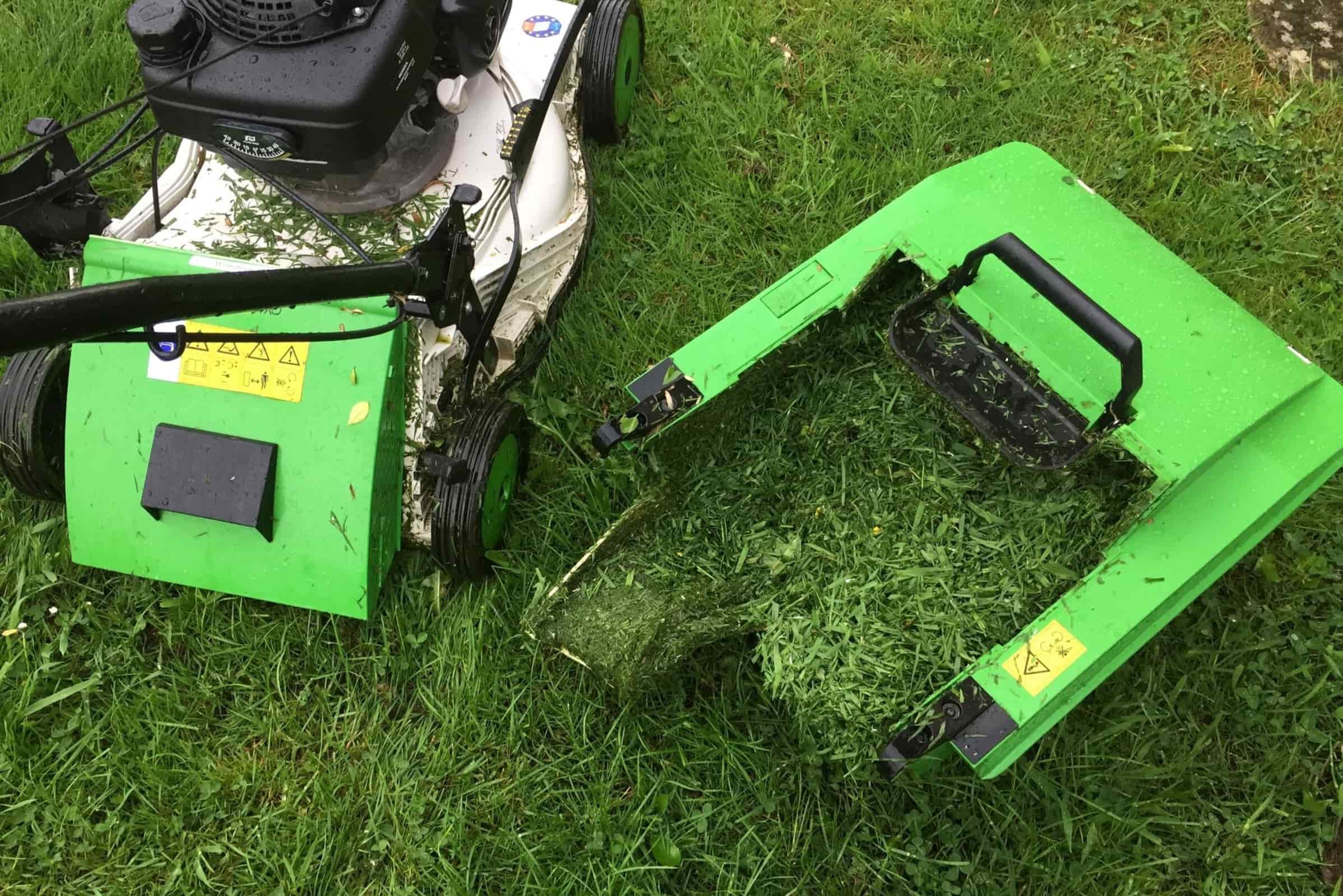
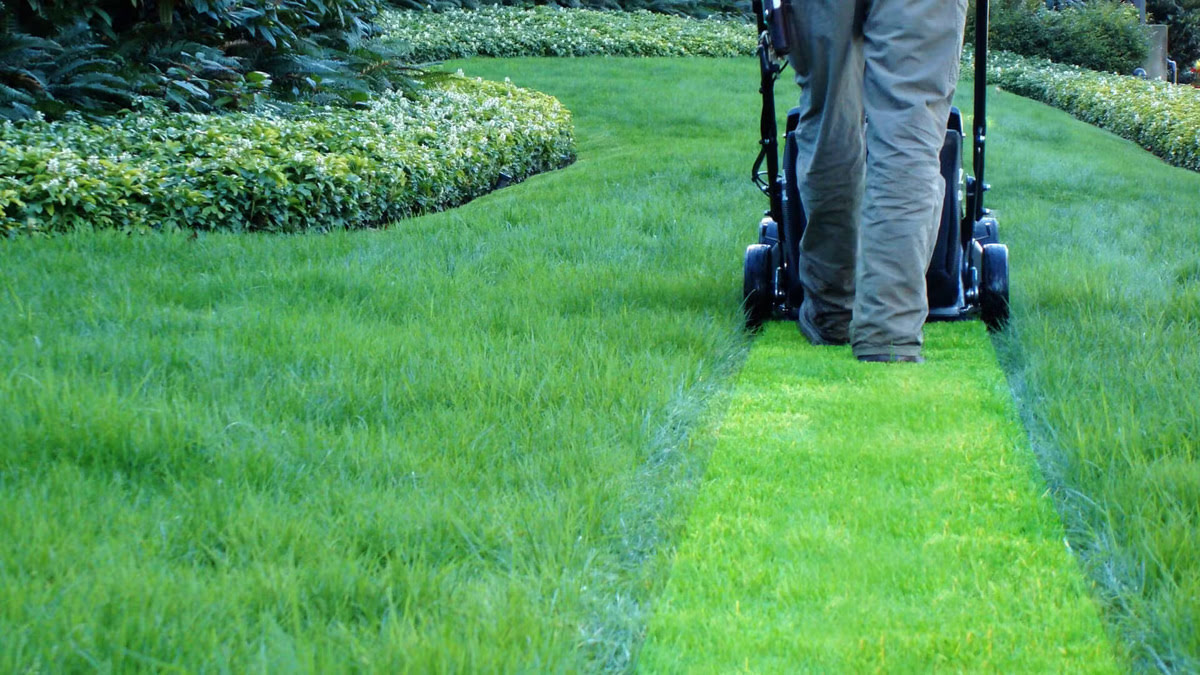
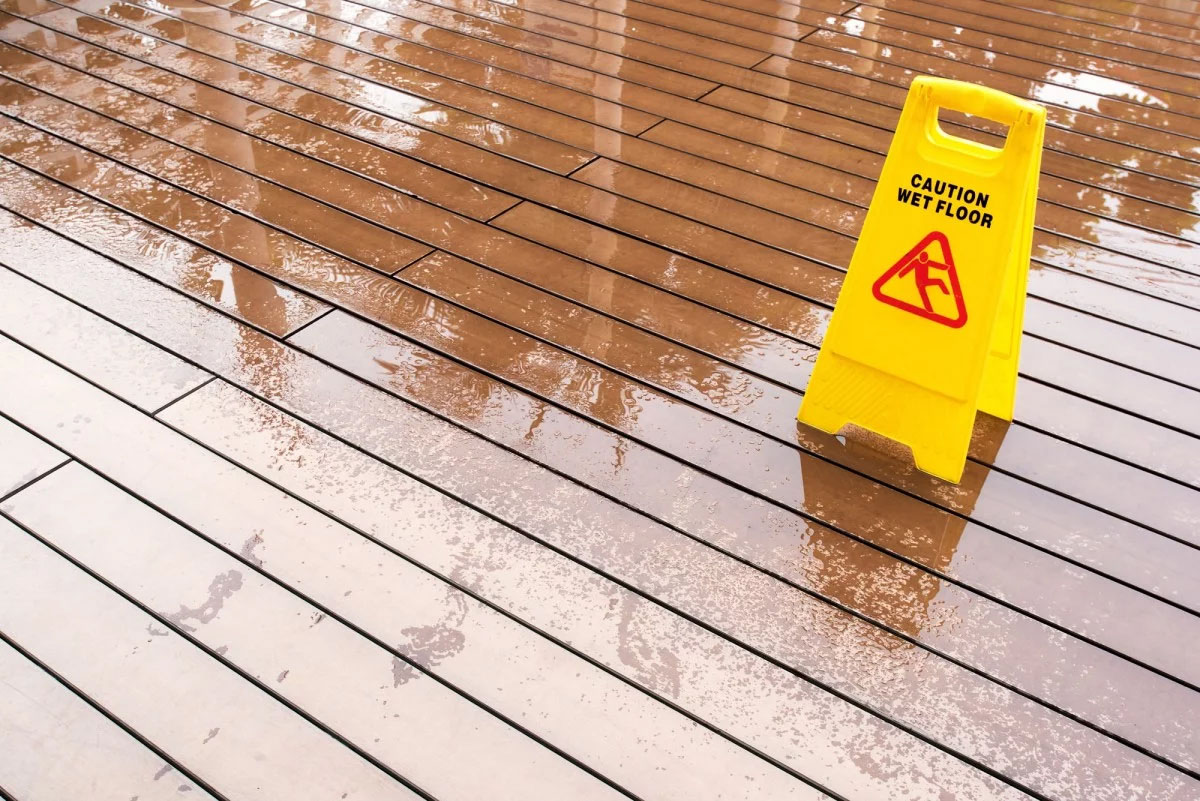
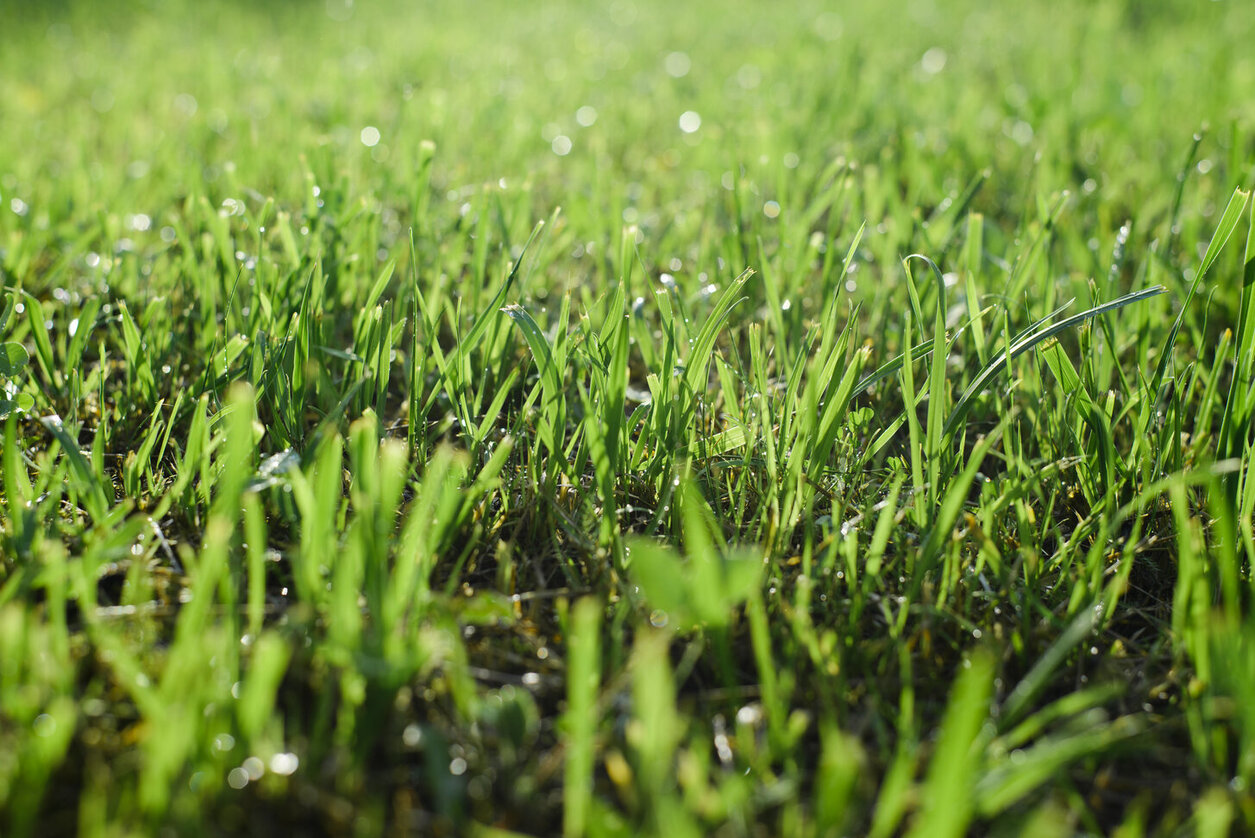
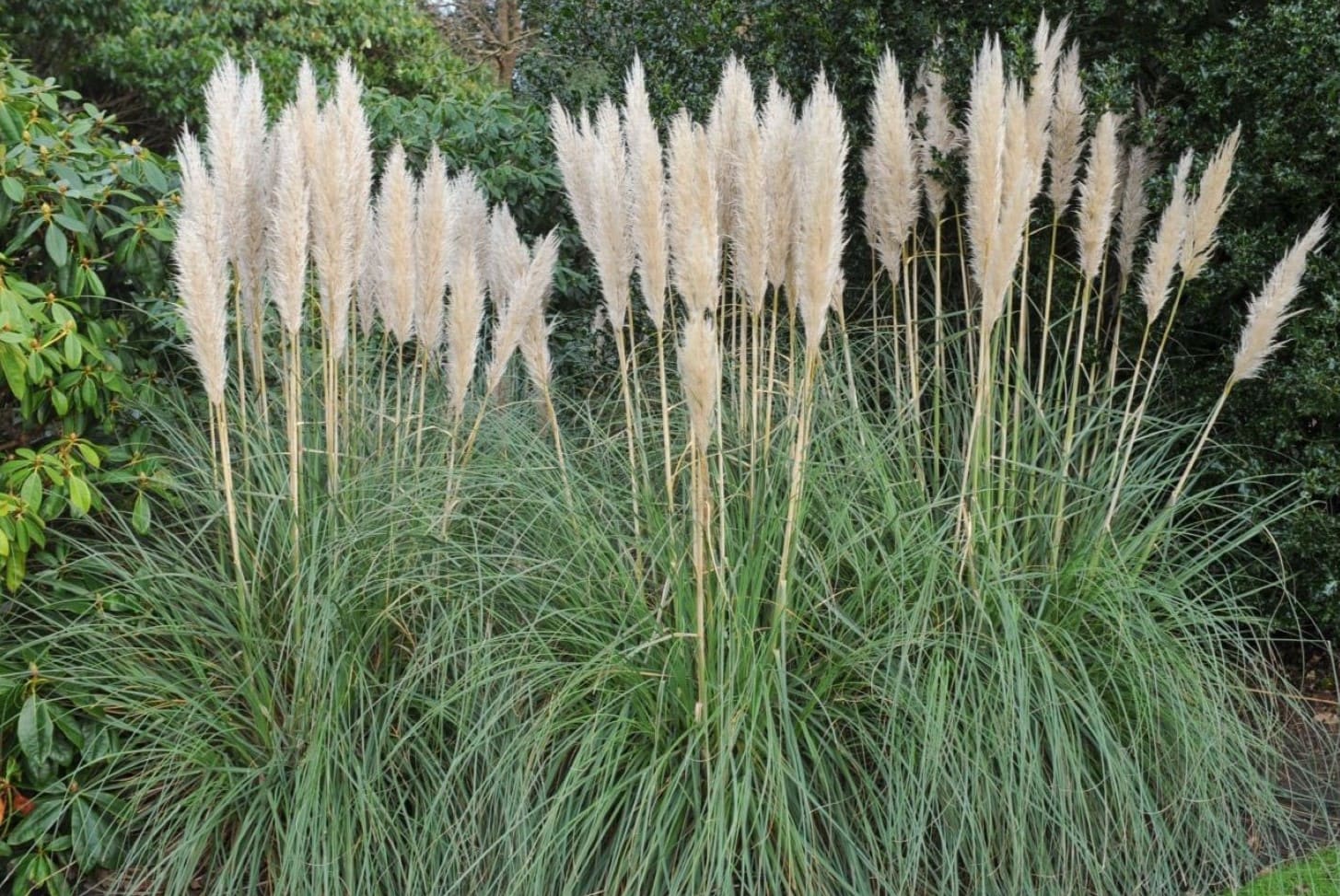
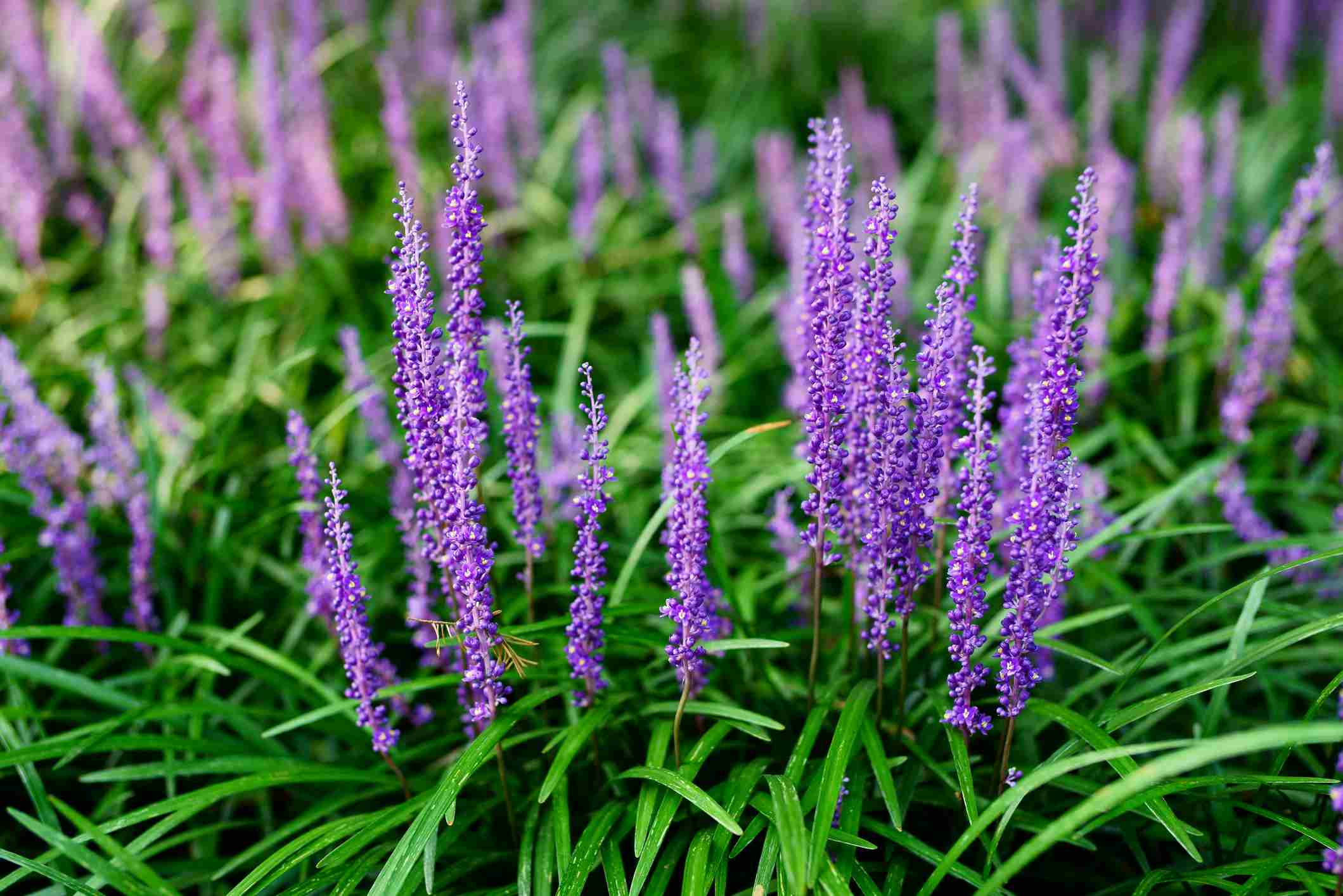
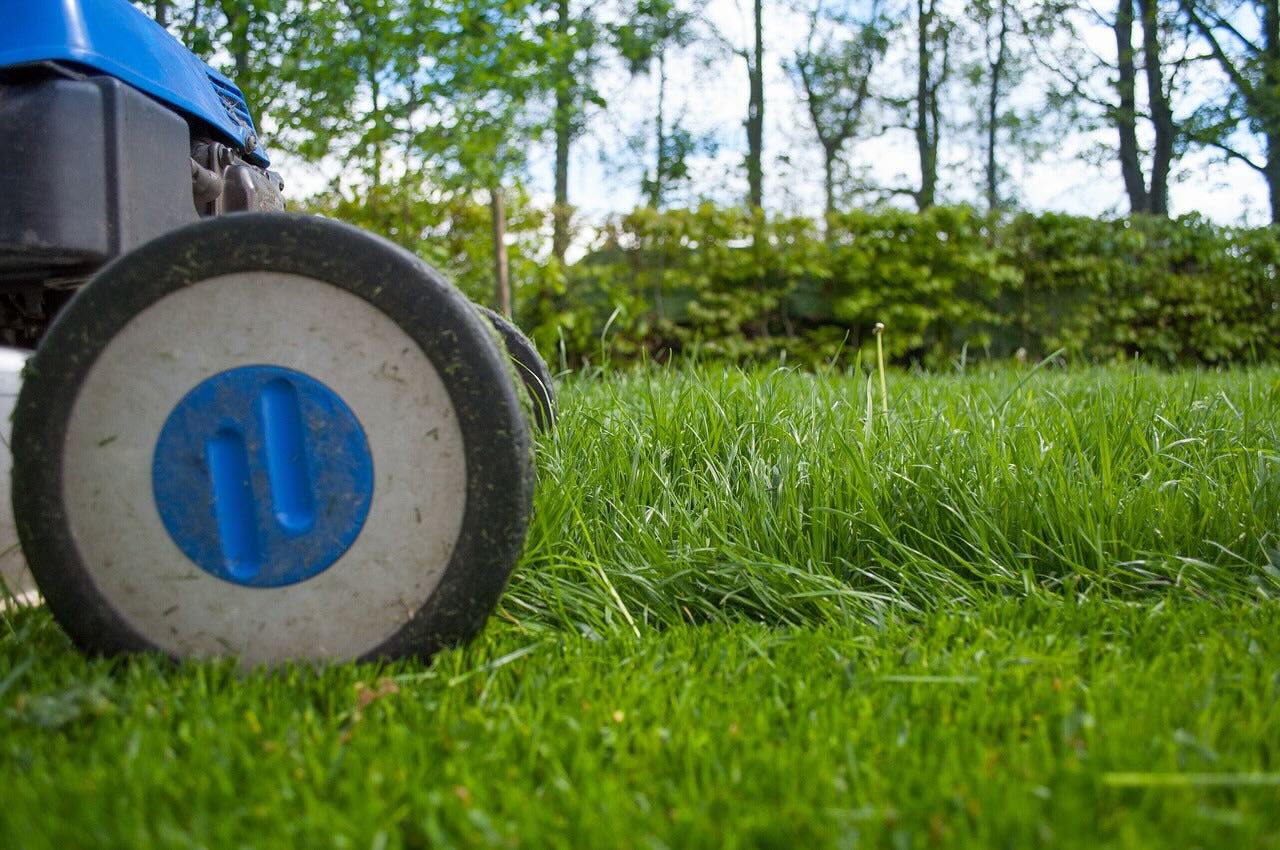
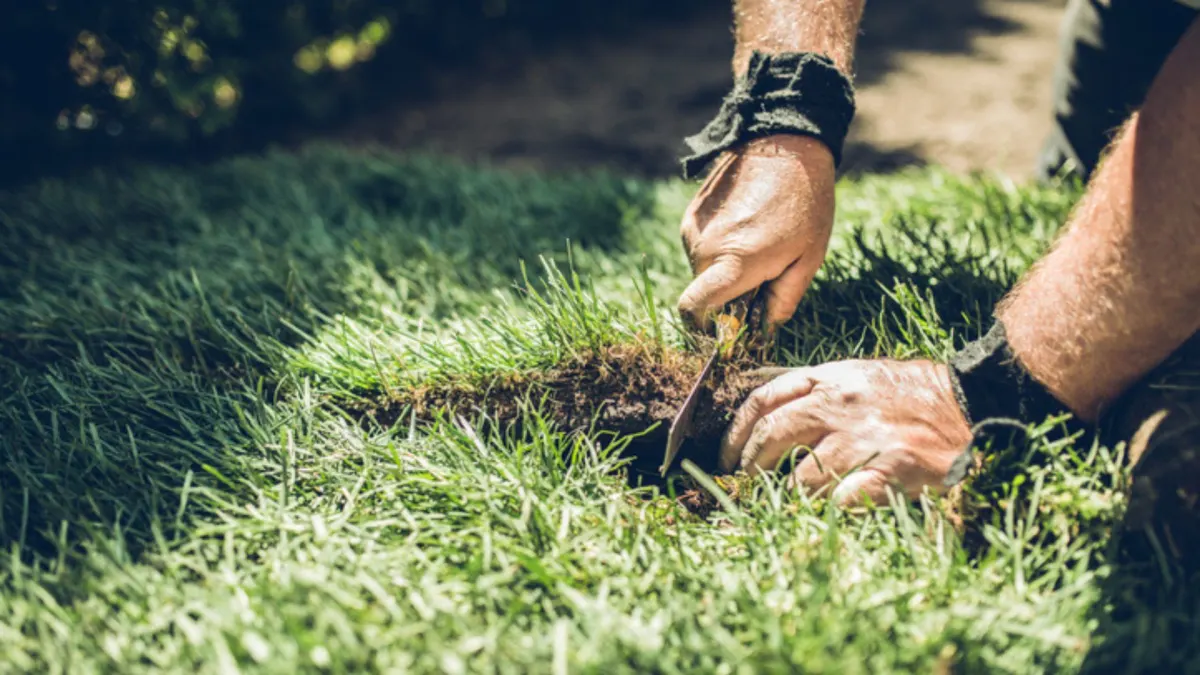
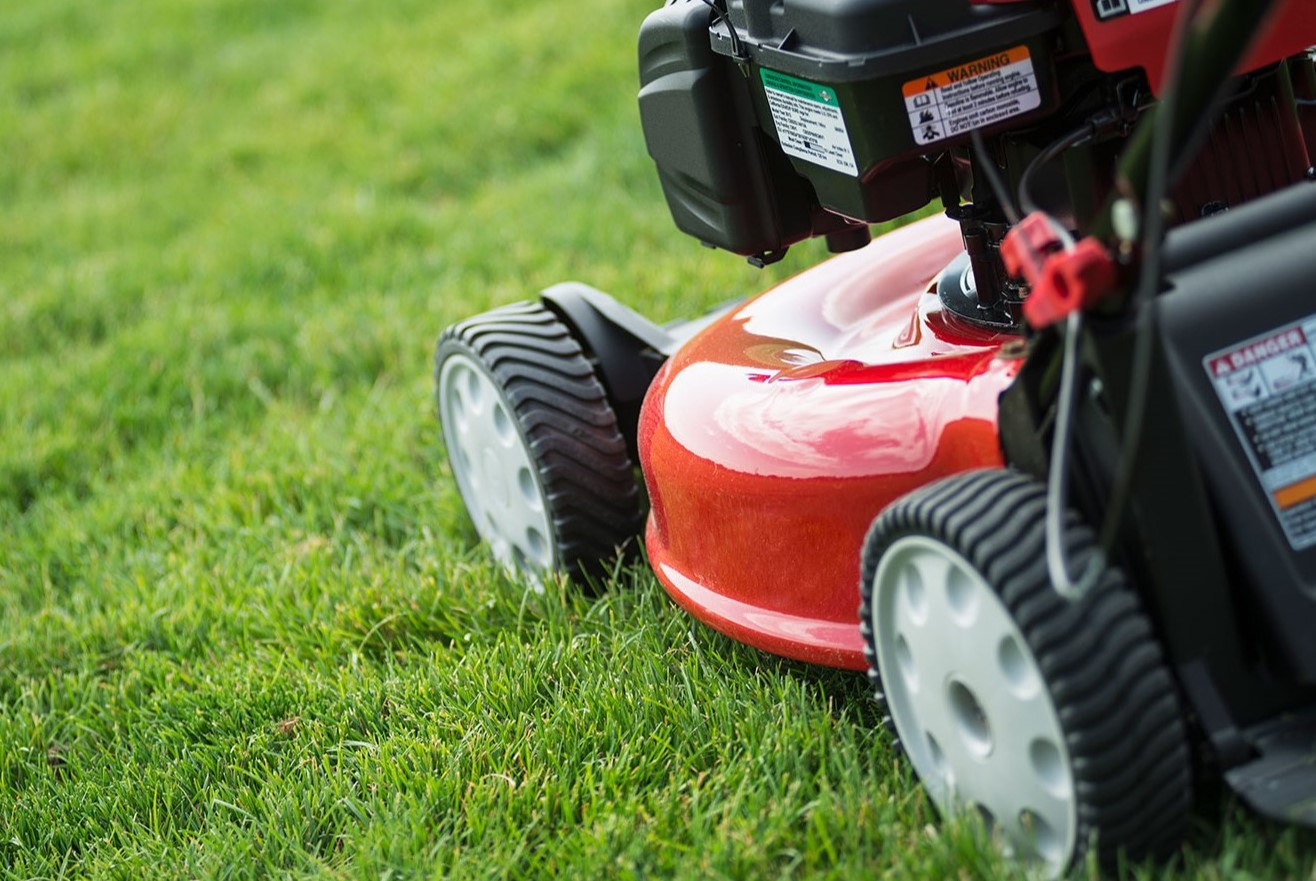
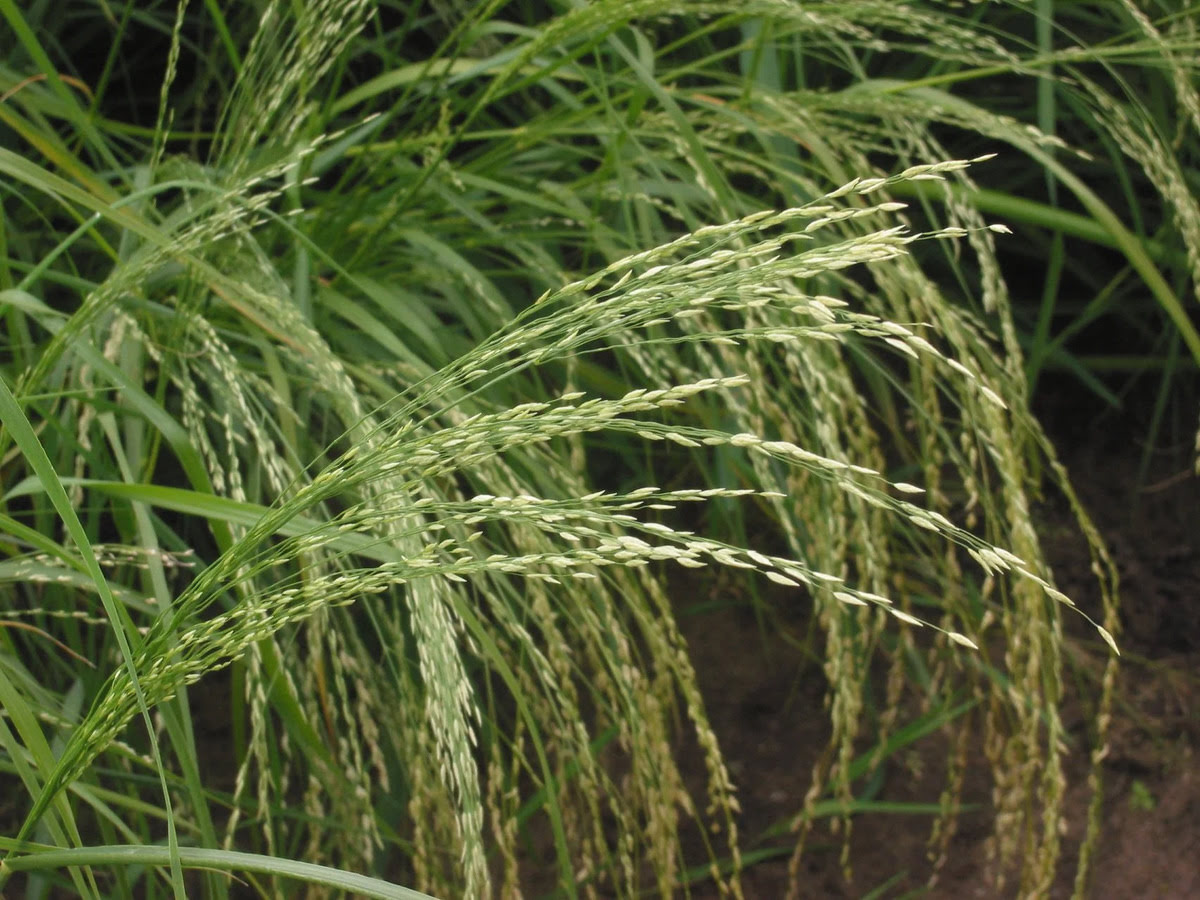
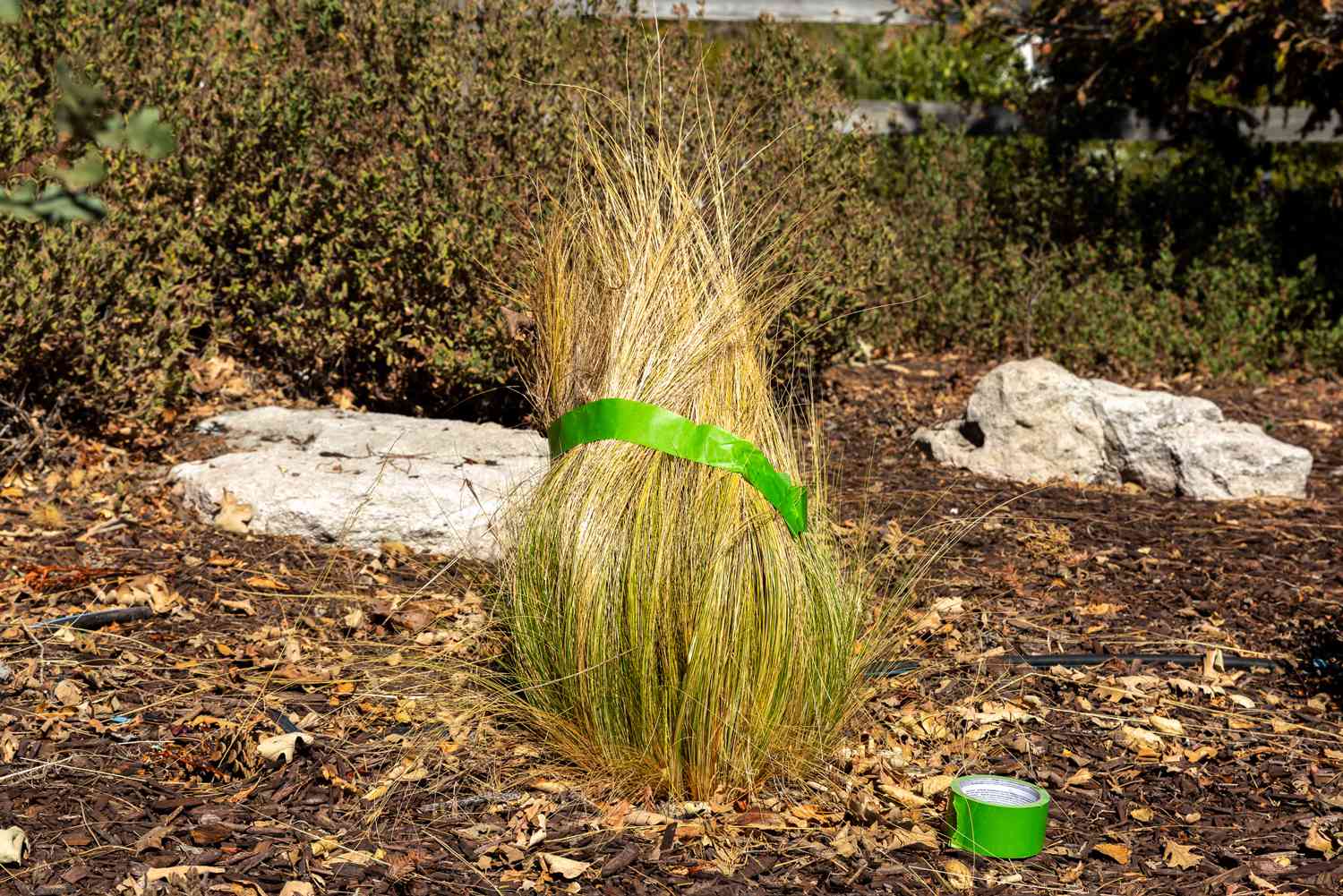
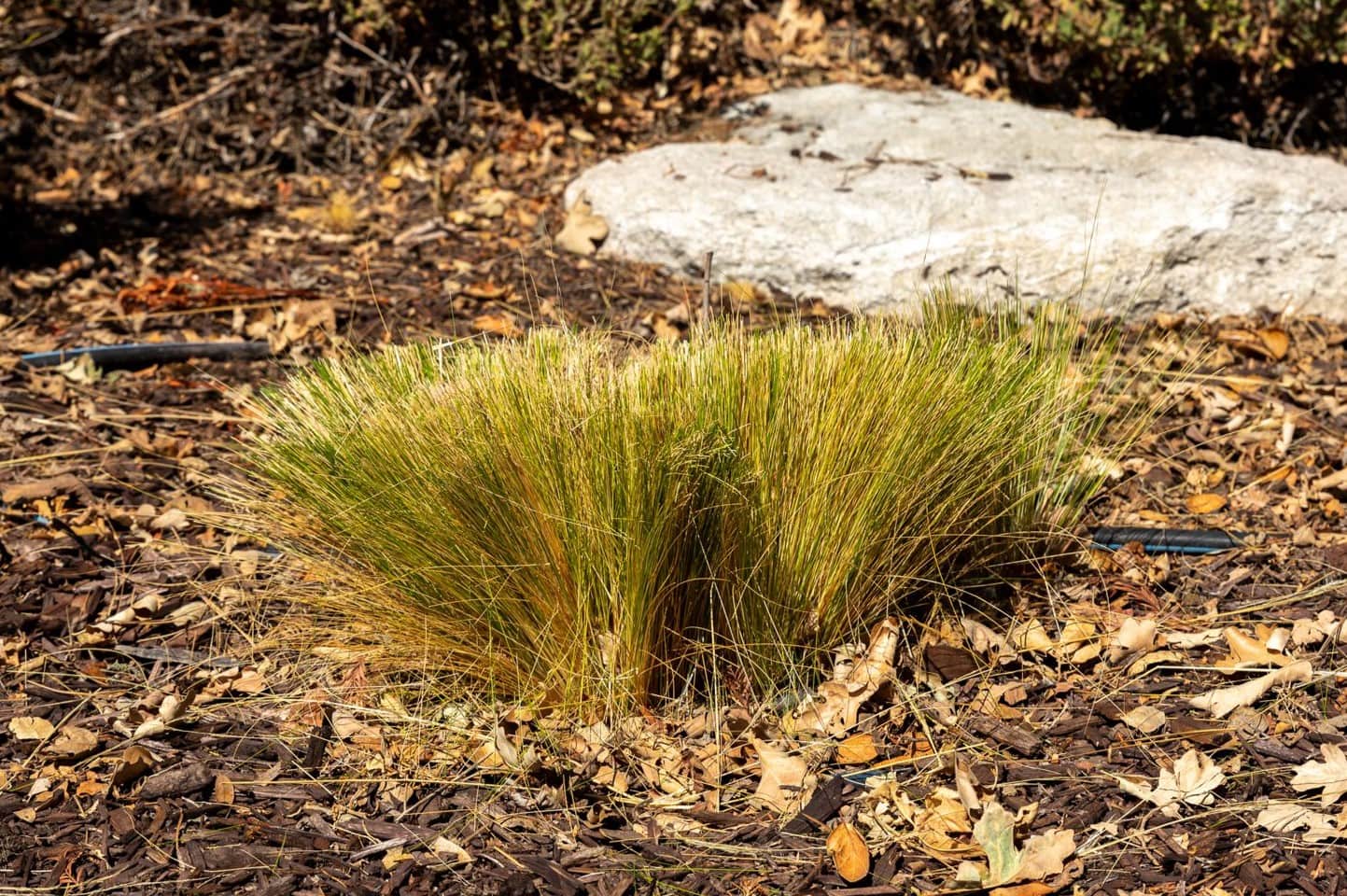
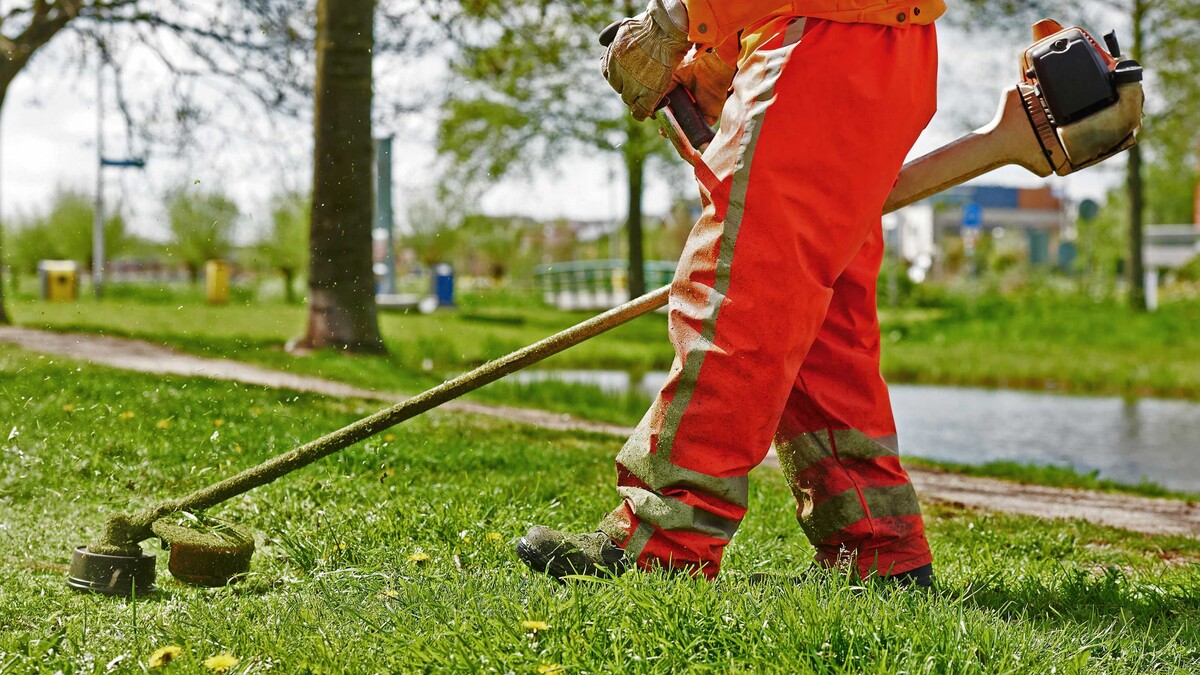
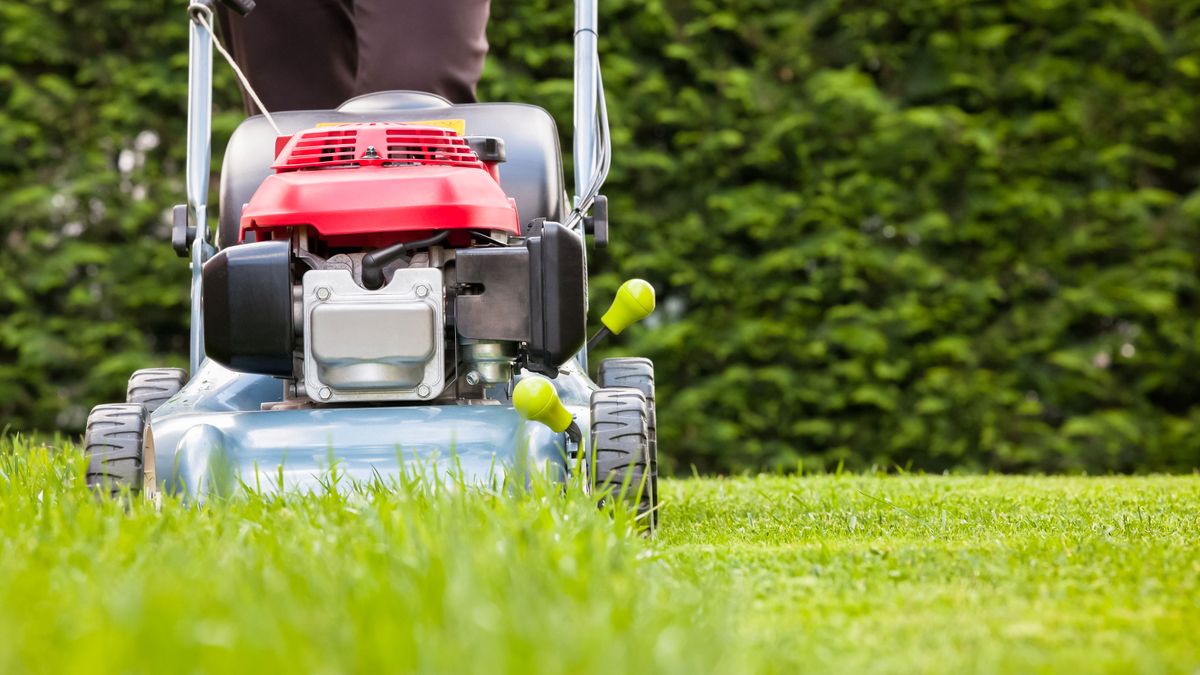
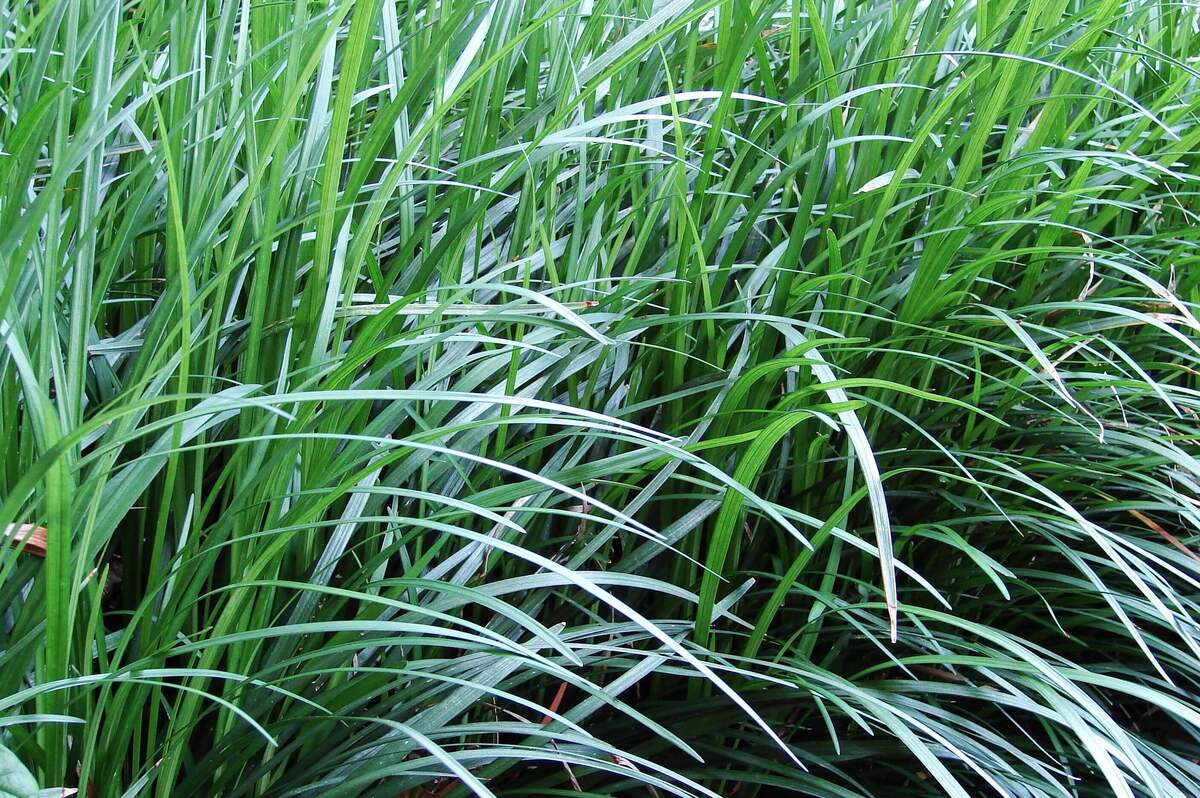

0 thoughts on “Is It Okay To Cut Grass When Wet”